Krzyztopor Castle, Swietokrzyskie Province, Poland
Castles seems to evoke memories and thoughts of a time long forgotten, but castles were actually being built as late as the late 1800s. Dotted around the world are castles that have long since been abandoned, whether from seige or from outliving their use.
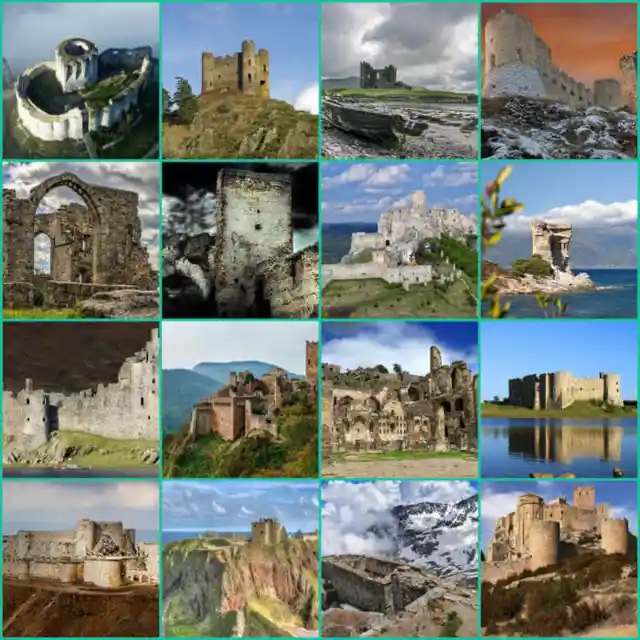
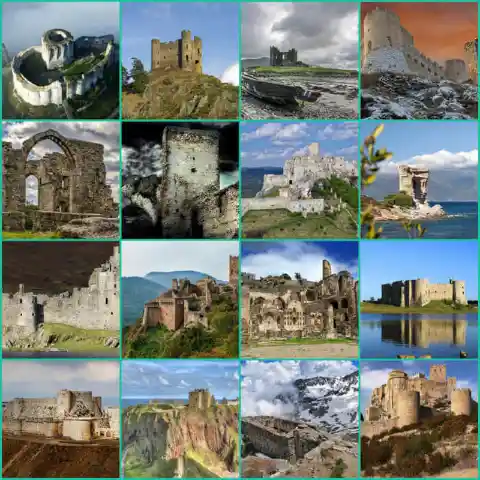
Let's take a look at 26 Stunning photos of Abandoned Castles around the world.
Polish governor Krzysztof Ossoliński believed in black magic -- the principals of which were the basis of this eccentric castle.
Krzyztopor Castle, Swietokrzyskie Province, Poland
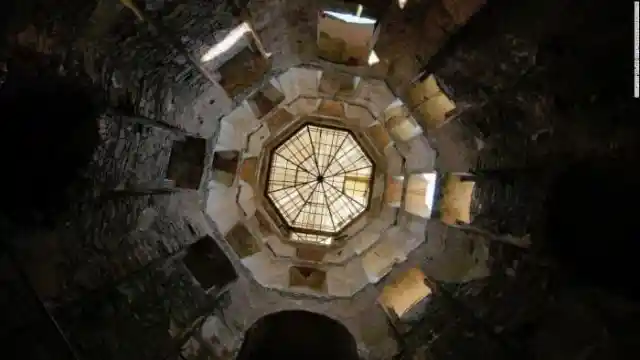
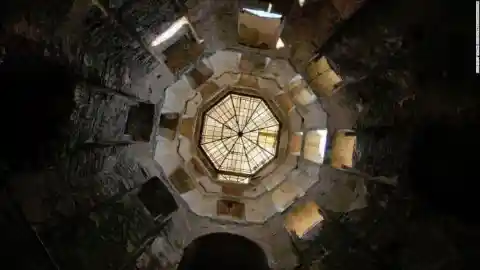
The buildings also incorporates his love of astrology.
After Ossoliński's death the castle was pillaged and damaged by the Swedes.
Minard Castle, Dingle Bay, County Kerry, Ireland
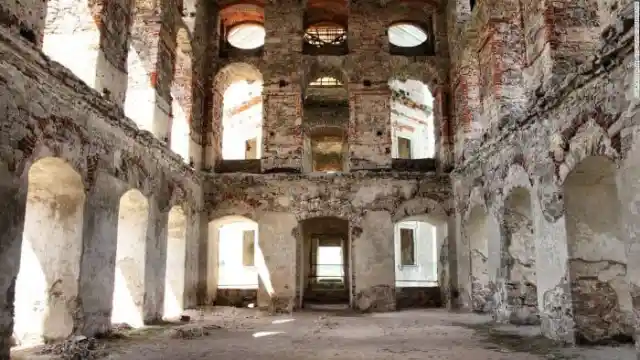
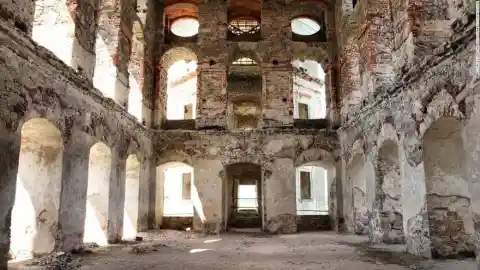
Later occupied by Russians, the castle was abandoned by 1787.
Another victim of the English Civil War was 16th century Minard Castle in Ireland. The castle was destroyed by cannon fire and gunpowder -- and all survivors were killed.
Kincasslagh, County Donegal, Ireland
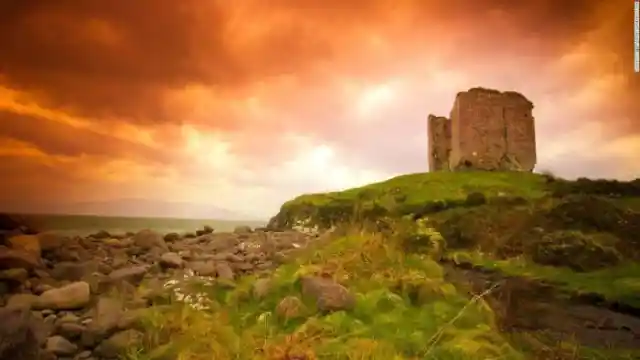
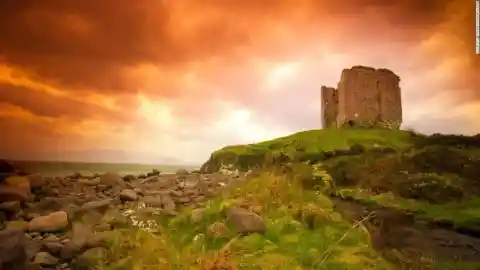
Overlooking the Irish Sea, the castle is now one of Ireland's most striking spots.
Fort Alexander, St. Petersburg, Russia
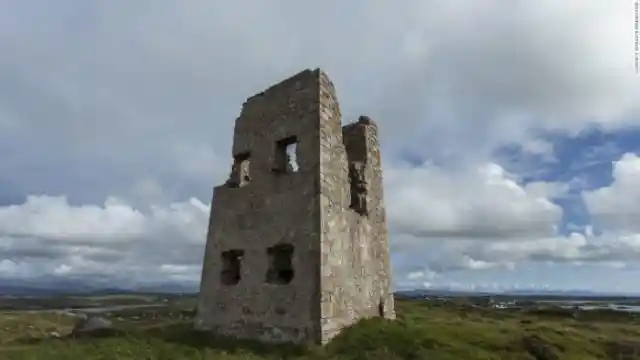
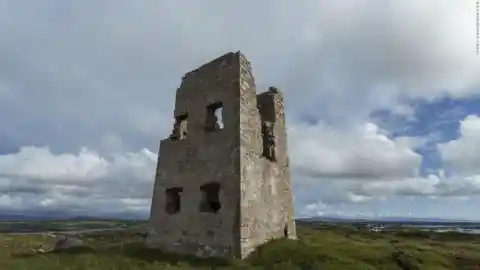
The isolated Kincasslagh fort was built by the British during the Napoleonic Wars as an anti-invasion fort.
This 19th century fort was originally built to defend St Petersburg, later becoming a research laboratory on infectious diseases. During the Soviet era, the fort was used for storage by the Russian navy.
Bannerman Castle, Pollepel Island, Hudson River, New York State, USA
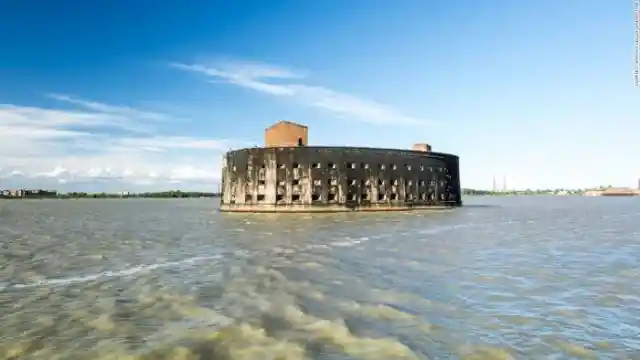
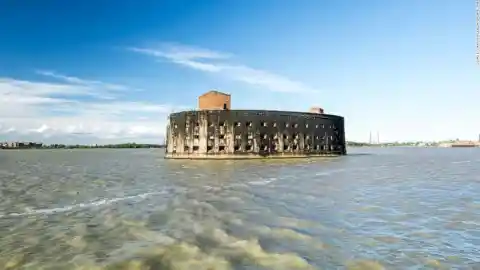
In the early 2000s, the fort was allegedly used for rave parties.
Bannerman Castle was actually a military surplus warehouse, built to resemble a castle by Francis Bannerman. It's located on Pollepel Island in New York's Hudson River.
Chateau Gaillard, Normandy, France
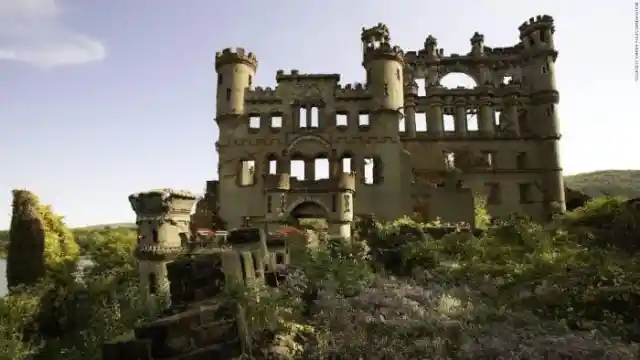
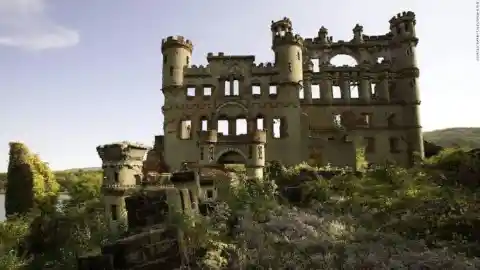
When legislation changed laws regarding military weapons, Bannerman's business ended and the building fell to ruin.
The imposing 12th century Chateau Gaillard on the River Seine was built on the command of Richard the Lionheart. It was viewed as impregnable until it was captured by the French in 1204.
Dunnottar Castle, near Stonehaven, Aberdeenshire, Scotland
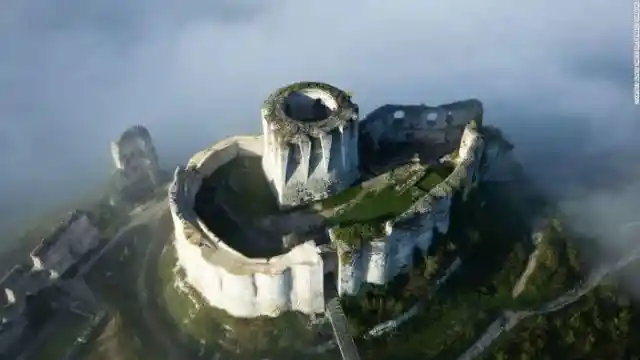
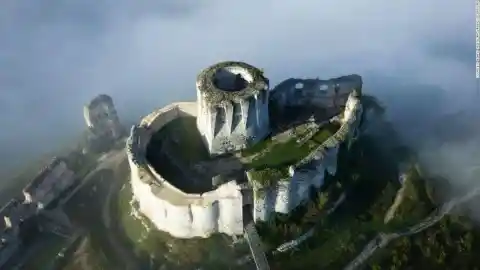
By the 16th century the chateau had become the atmospheric ruin it is today.
Scotland has no shortage of dramatic castles, but Dunnottar is one of the country's most magnificent.
Spis Castle, Kosice, Slovakia
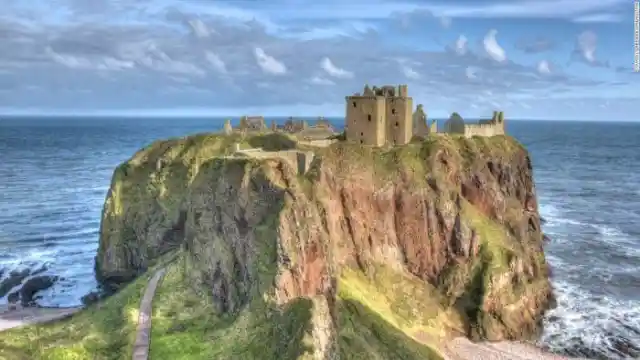
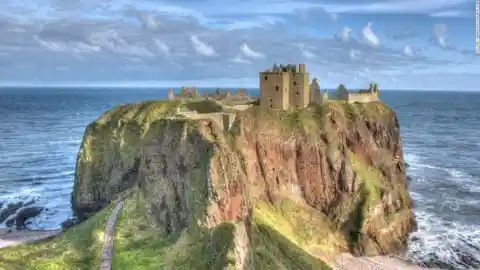
The ruin has a romantic location on the tip of the North Sea -- plus William Wallace and Mary Queen of Scots both visited Dunnottar once upon a time.
This Gothic-Romanesque hybrid is one of Europe's largest castle sites.
Ballycarbery Castle, County Kerry, Ireland
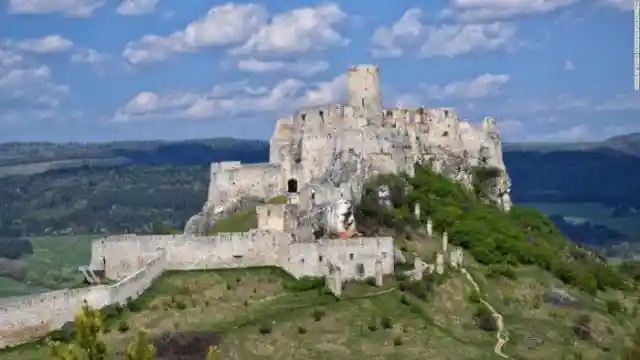
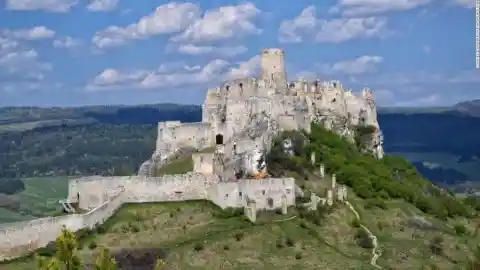
The castle burnt down in the 1700s and is now one of Slovakia's most popular attractions.
On the edge of the North Atlantic Ocean are these stone remains of this 16th century fort.
Rocca Calascio, Abruzzo, Italy:
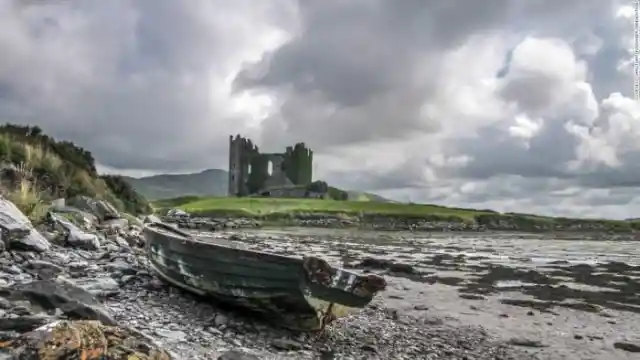
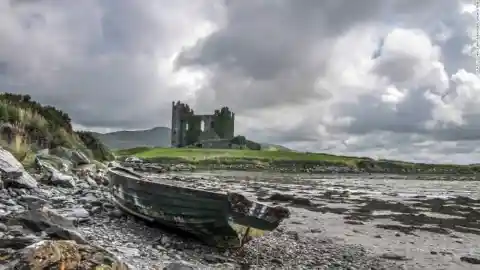
Oliver Cromwell's troops damaged the castle in 1652 -- now its walls are clad in ivy and the first floor is covered in grass.
The highest stronghold in the Apennines is this former 10th century watchtower.
Altenstein, Bavaria, Germany
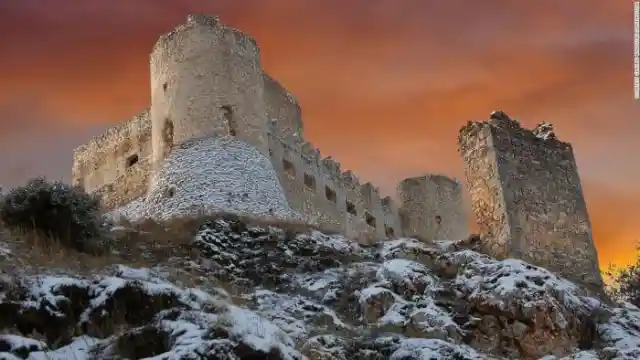
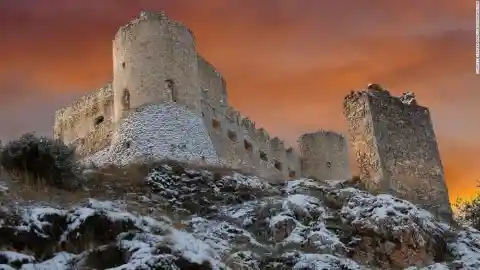
Ironically it never saw a battle -- instead it was destroyed by an earthquake in the 15th century.
Mortella Tower, Corsica, France
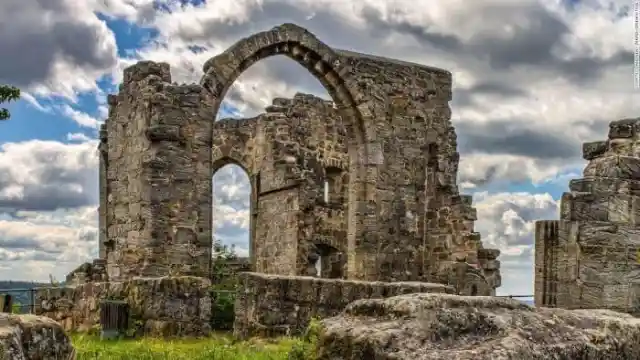
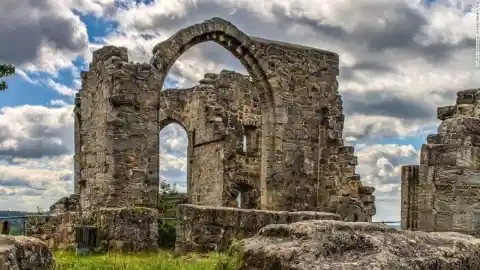
The lords of Stein zu Altenstein lived in this magnificent spot from the early 13th century -- but when the family moved to a new palace in the 18th century, their original haunt was allowed to decay.
This abandoned fortress in Corsica was built to defend the Mediterranean island against North African pirates. The tower was blown up by British forces in 1796 -- but not before they swiped the design for their own uses.
Crac des Chevaliers, Homs Governorate, Syria
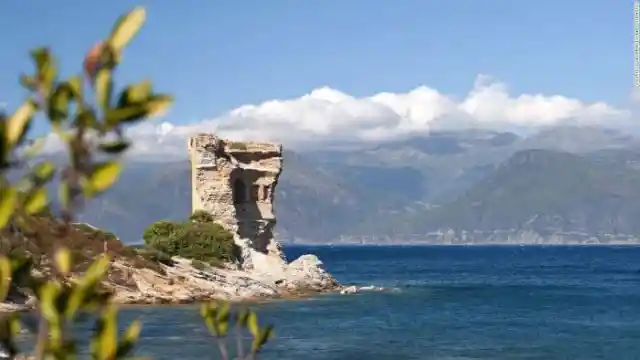
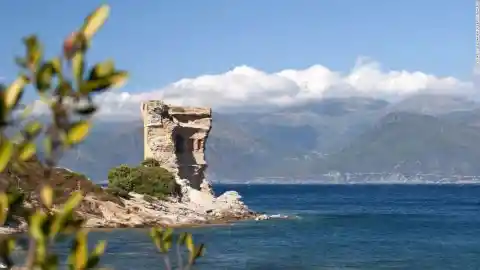
The tower became the model for the Martello towers built across the British Empire in the 19th century.
One of the best-preserved medieval castles in the world, this fortress was built by the Knights Hospitaller, a medieval Catholic medieval order.
Chateau de Saint-Ulrich, Haut-Rhin, France
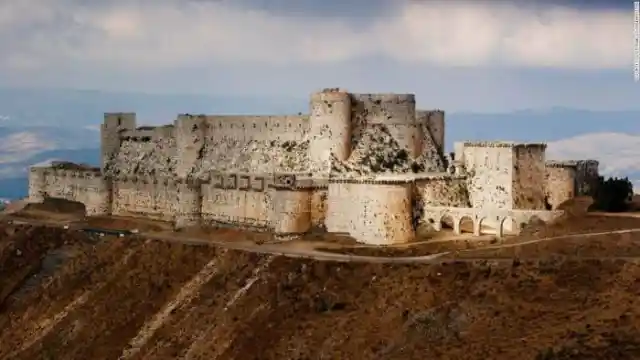
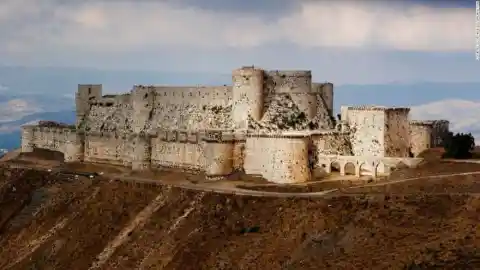
A UNESCO World Heritage Site, it has been refortified over the centuries.
Chateau de Saint-Ulrich is one of three fortresses overlooking the French town of Ribeauvillé.
Fort de Malamot, Savoy, France
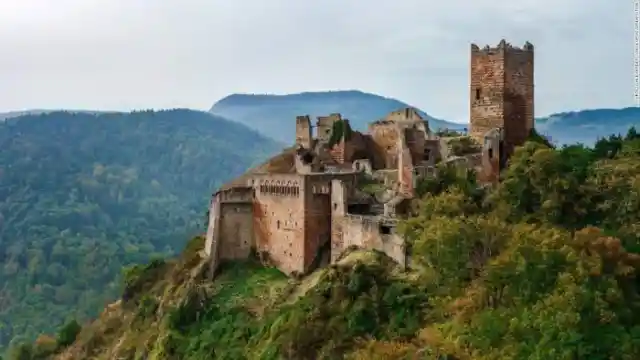
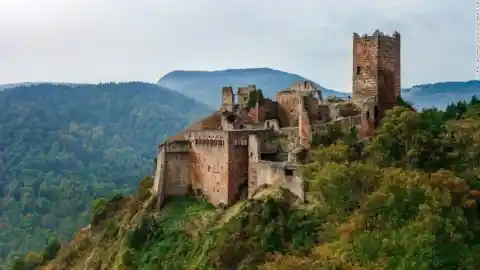
The chief seat of the lords of Ribeaupierre, it was abandoned in the 16th century during the Thirty Years' War.
Amid the Cottian Alps of southwestern France stands Fort de Malamot, a military fortress built in 1889 by the Italians.
Château d'Alleuze, Cantal, Auvergne, France
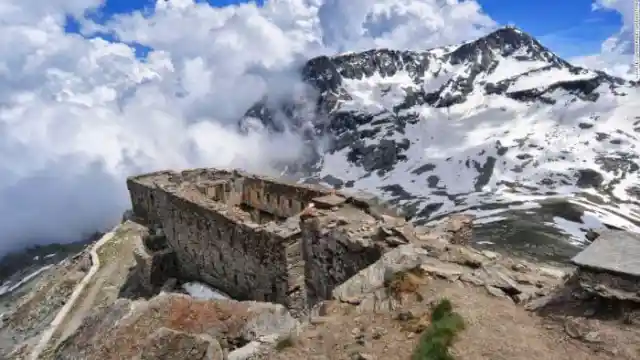
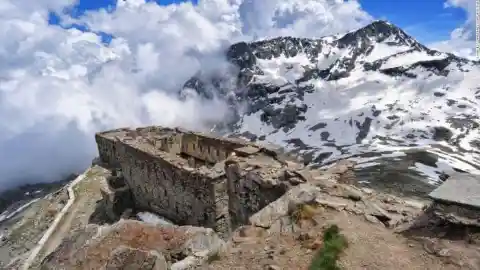
At an altitude of 2,850 meters (9350 feet), the mountain road to the fort is impenetrable for much of the year.
This French chateau was occupied by English-sympathizing Bernard de Garlan for seven years during the Hundred Years War. De Garlan wreaked havoc on the locals -- who, in revenge, later burnt down the castle in 1405.
Loarre Castle, Huesca, Aragon, Spain
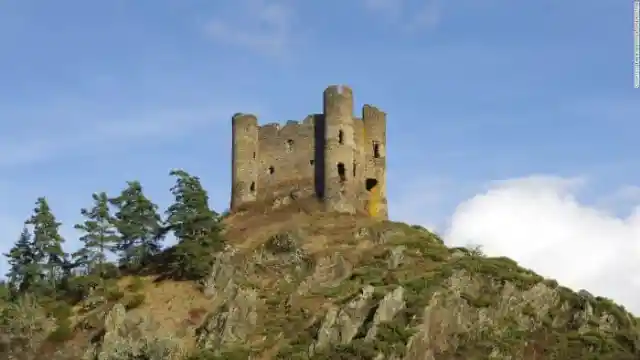
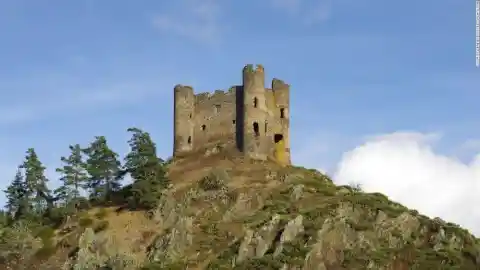
However it was rebuilt, before falling into ruin later on.
This Romanesque castle is a well-conserved relic from the 11th century.
Olsztyn, Silesia, Poland
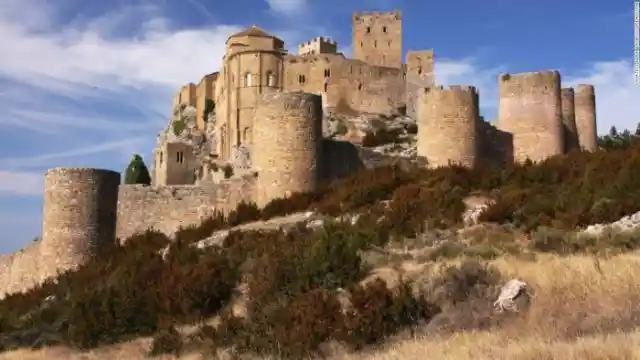
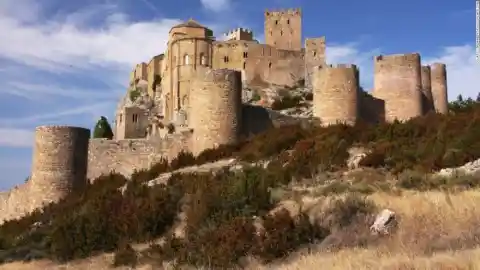
It was used in the Ridley Scott movie "Kingdom of Heaven."
Olsztyn Castle was built into the limestone crags in Poland's Jura hills by King Casimir the Great.
Carew Castle, Pembrokeshire, Wales:
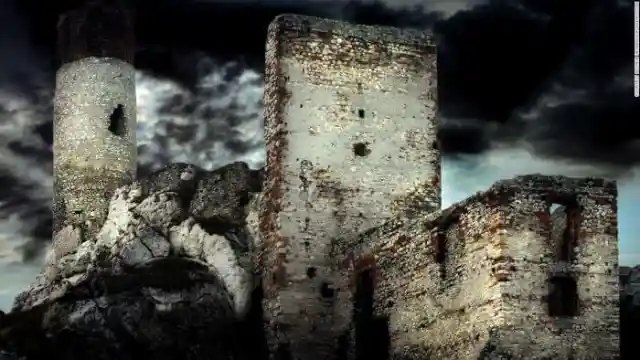
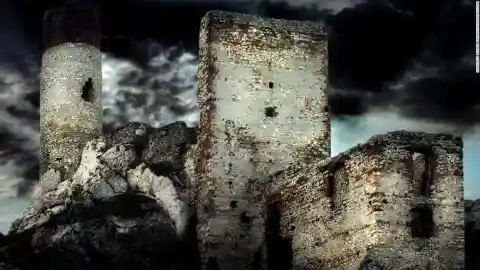
Invaded several times over the years, in 1655 it was captured by the Swedish and later fell into disrepair.
Located in the flat lands around the Carew river, this castle was originally built in 1270 and later refortified during the English Civil War. The castle changed hands three times during the conflict -- until finally the Parliamentarians pulled down the south wall.
Kilchurn Castle, Loch Awe, Argyll and Bute, Scotland
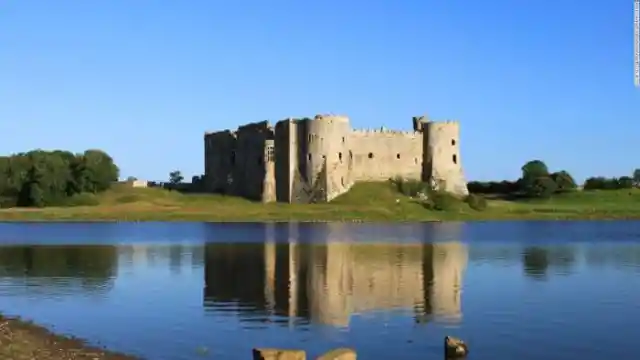
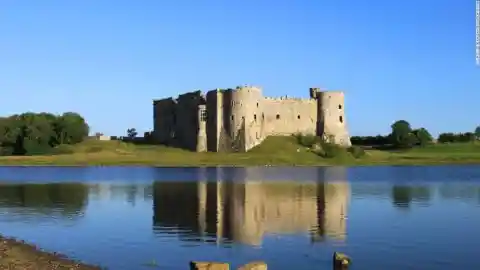
By the 17th century it was deserted.
On the edge of Loch Awe, on a tiny island, is Kilchurn Castle built by Colin Campbell, first Lord of Glenorchy.
Golconda, near Hyderabad, India
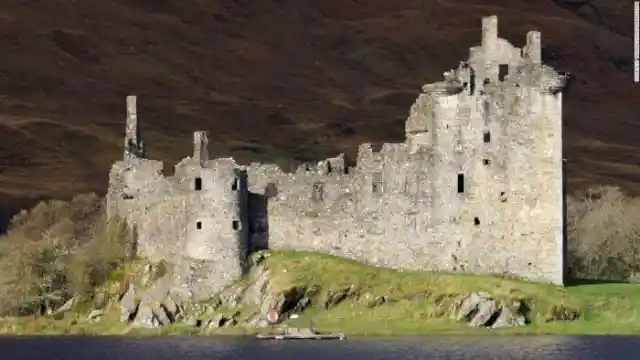
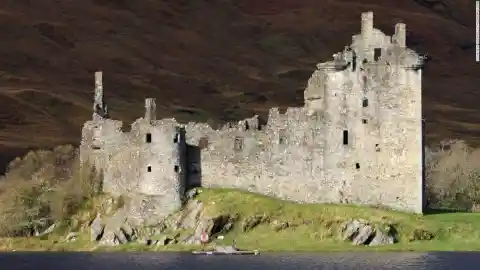
Damaged by lightning strike in 1760, it remains a spectacular site.
Golconda, near Hyderabad, India
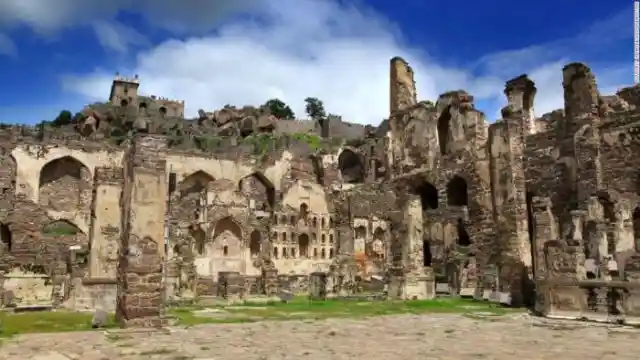
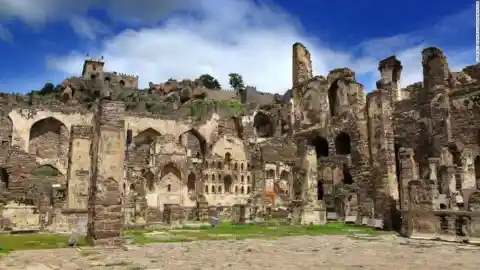
Golconda Castle was built in the 16th century by the Qutb Shahi dynasty and was once home to the renowned Koh-i-Noor diamond -- later owned by Queen Victoria.
Fort San Lorenzo, Colón, Panama
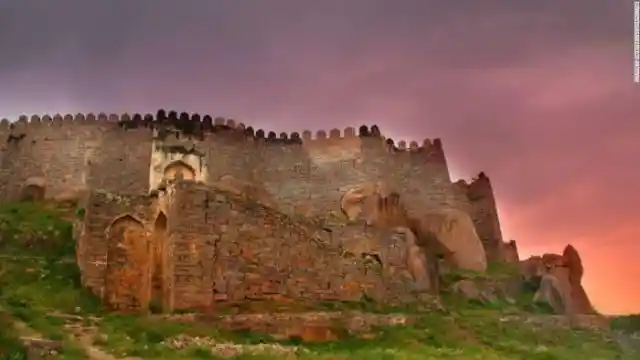
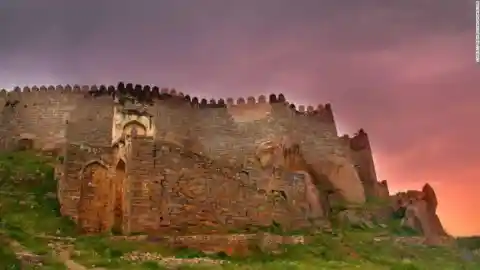
In 1687, the former capital of the Qutb Shai dynasty fell into ruin and it's now a wonderful spot to explore.
This World Heritage Site was built when the Spanish began shipping Peruvian gold up the Pacific Coast to Panama.
Dunluce castle, County Antrim, Northern Ireland
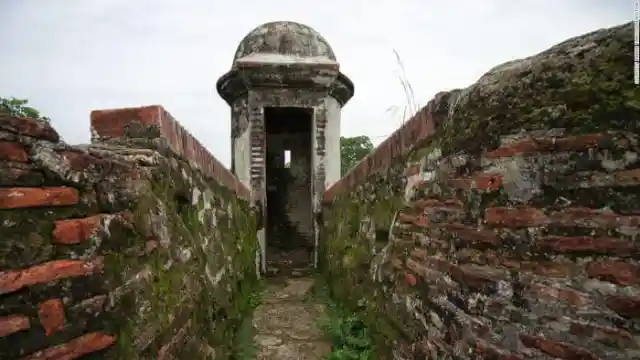
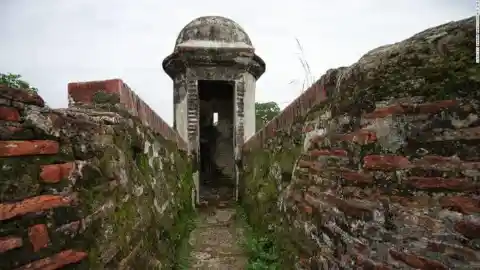
The Fort's mission was to scare off pirates -- but by the 18th century the route was obsolete and the fort fell into disuse.
In Northern Ireland, Dunluce Castle cuts a dramatic figure.


The castle had a stormy history, falling into ruin after the Battle of the Boyne in 1690.